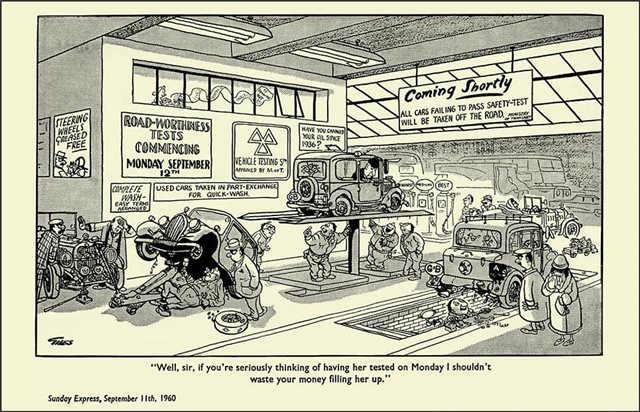As the clocks went back at the weekend and we're now driving home in the dark, I've noticed that driving at night feels a lot harder lately, and I’m not alone. Many people I speak to all say they find driving at night harder as each year goes past and it's not just because we're getting older! Many of my younger colleagues are feeling the same!
A recent article on the BBC News highlights how modern LED headlights, while great for personal visibility, are causing serious glare issues for many drivers.

Some key points in the article stood out to me: LED lights are much brighter and more focused, but not always well-aligned. Glare recovery takes longer as we age and the RAC says that a recent survey suggested that 75% of drivers find night driving harder now.
I have to admit that there have been times when I've almost had to bring my car to a stop as the light of the car ahead have been so bright that I've been blinded and simply can't see the road in front of me! It's getting to the point where I really don't like having to go out in the car at night and of course as we're in the 'dark' seasons, driving in darkness is pretty much unavoidable.
So how can engineers help here? Better design? Smarter regulations? More adaptive tech?
Would love to hear your thoughts!
